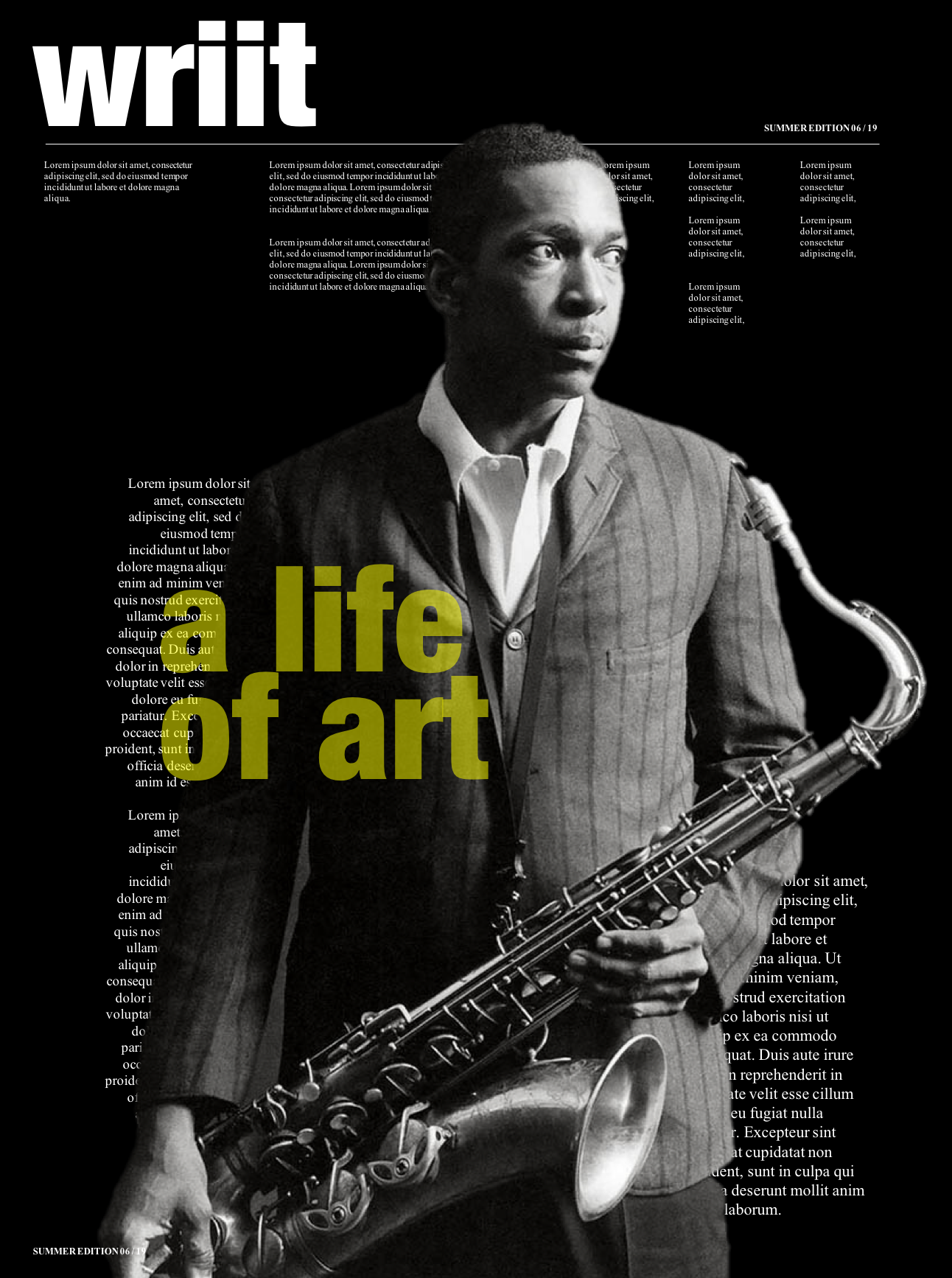Giant Food is opening its new Odenton store Friday, the supermarket chain said today.
The Landover-based chain has taken over a former Super Fresh space at 1155 Annapolis Road in the Odenton Shopping Center. The store will open at 6 a.m. and employ 150 people.
The 62,000-square-foot supermarket…
